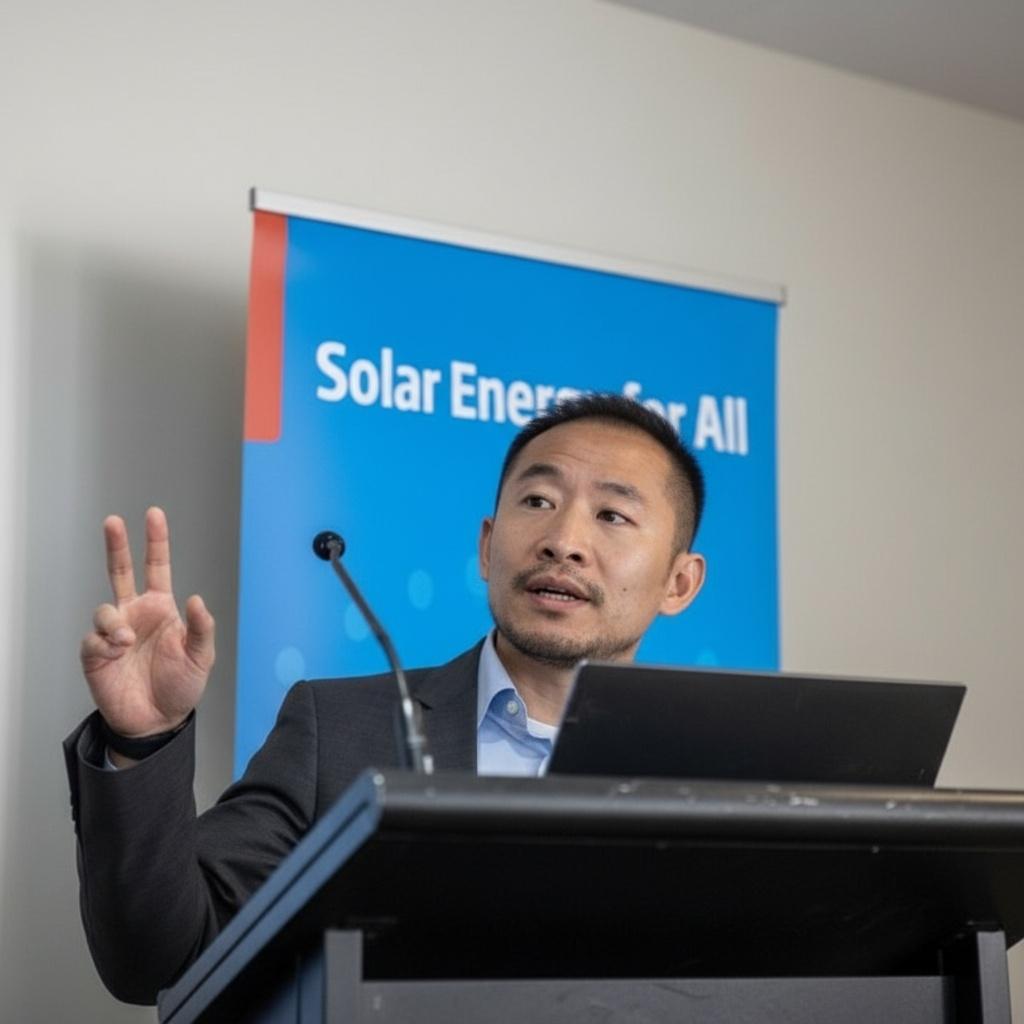Introduction
As Australia accelerates its clean energy transition, the demand for high-efficiency solar and reliable, scalable storage continues to surge. Trina Solar, a global leader in smart photovoltaics and energy storage, has introduced a suite of solutions tailored to Australian conditions: the Elementa 3 utility-scale battery energy storage system (BESS), a Vertex S+ low-voltage rooftop module designed specifically for Australia, and a Green Hydrogen technology initiative. Together, these offerings are designed to boost system efficiency, lower lifetime costs, and enable integrated solar-storage-hydrogen deployments.
Elementa 3: Utility-Scale Storage Built for Australian Conditions
Trina Storage’s Elementa 3 is the company’s latest liquid-cooled, lithium iron phosphate (LFP) utility-scale BESS engineered for durability, efficiency, and fast deployment. Housed in a compact 20-foot container with high energy density, Elementa 3 is designed to deliver around 6 MWh per unit while improving project economics through lower Levelized Cost of Storage (LCoS) compared to previous generations. A refined thermal management approach enhances cycle life and performance consistency, supporting long-duration operation across Australia’s demanding climates.
The system’s robust protection, weatherization, and broad operating temperature range make it suitable for remote and coastal sites, while advanced safety engineering and module-level protections add resilience. Trina pairs Elementa 3 with full AC system integration and compatibility with leading Australian inverter platforms to shorten project timelines, streamline commissioning, and support grid services such as peak shifting and frequency response.
Vertex S+ Low-Voltage Rooftop Module, Tailored for Australia
For homes and commercial rooftops, Trina’s new low-voltage Vertex S+ variant has been developed exclusively for Australia. The design targets practical gains for local conditions and regulations: lower string voltages enable longer strings per MPPT, better matching with commonly used Australian inverters, and potential balance-of-system savings. Built on high-efficiency n-type cell architecture and a durable dual-glass construction, the module is engineered for sustained output and long-term reliability in high-irradiance, high-heat, and coastal environments.
By combining high power density with a low-voltage profile, the module helps installers optimize string layouts on complex rooftops while maintaining safety margins and adhering to local standards. The result is a rooftop solution that aims to reduce lifetime energy costs and improve overall system yield.
From Electrons to Molecules: Trina’s Green Hydrogen Push
Rounding out its end-to-end approach, Trina announced Green Hydrogen technology to complement solar and storage. The strategy is straightforward: use high-efficiency PV and responsive BESS to stabilize power, then convert surplus renewable electricity into hydrogen for long-duration storage or industrial use. This integrated solar–storage–hydrogen pathway can help address intermittency, enable deeper decarbonization in hard-to-electrify sectors, and support round-the-clock clean energy in regions with variable grid conditions.
For Australia—where mining, heavy industry, and remote communities are central to the economy—hydrogen-ready infrastructure coupled with proven PV and BESS platforms provides a flexible roadmap for dispatchable clean energy and export opportunities.
What It Means for Australia’s Energy Transition
Trina’s latest releases align with broader momentum in the Asia-Pacific energy storage and distributed solar markets. The Elementa 3’s improvements in energy density, safety, and thermal control can reduce project risk and operating expenses at utility scale, while the Vertex S+ low-voltage module targets real installation constraints to simplify rooftop design and integration. Trina’s continued Tier 1 recognition in energy storage and its growing project footprint in the region signal supply chain maturity and bankability—key to scaling investment in long-duration storage and hybrid renewable plants.
As grid operators and developers seek firm capacity and improved system resilience, integrated portfolios that coordinate PV, storage, and hydrogen will become increasingly valuable. By introducing Australia-specific hardware and an end-to-end clean energy stack, Trina positions itself as a key contributor to the country’s decarbonization and reliability goals.
Conclusion
Trina Solar’s unveiling of the Elementa 3 BESS, the Australia-only Vertex S+ low-voltage rooftop module, and its Green Hydrogen technology underscores an integrated vision for clean energy in Australia. These solutions address the full stack—from high-yield rooftop generation to utility-scale storage and hydrogen—aiming to cut costs, enhance reliability, and enable 24/7 renewable power. For developers, installers, and energy users, the message is clear: a more flexible, efficient, and resilient clean energy system is within reach.






